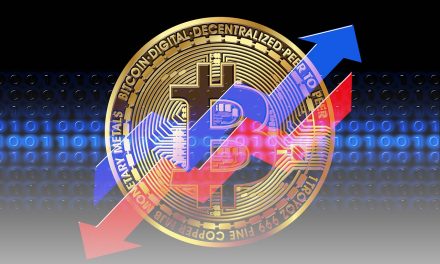In the ever-evolving landscape of the cryptocurrency industry, there has been a recent surge in discussions surrounding the role of multichain technology. As rumors swirl and speculations arise, it is crucial to delve into the nuances of this emerging trend and explore its potential implications for the future. In this article, we will unravel the concept of multichain, address the recent skepticism from prominent players such as Binance, and present a compelling case for the continued relevance and importance of multichain in the crypto space.
Understanding Multichain Technology
Before we delve deeper, let’s establish a clear understanding of what multichain technology entails. Multichain refers to a framework that enables the creation and interoperability of multiple blockchains within a unified ecosystem. It seeks to overcome the limitations of a single blockchain network, such as scalability issues and performance constraints, by allowing for parallel processing and increased transaction throughput.
The Binance Perspective and the Power of Rumors
In recent times, rumors have been circulating regarding the distancing of certain crypto players, including Binance, from embracing multichain technology. While it is important to acknowledge the concerns expressed, it is equally crucial to approach these rumors with a discerning eye. Rumors, by nature, are often driven by speculation and incomplete information, leading to a distorted representation of reality.
Examining the Benefits of Multichain
To truly grasp the potential of multichain technology, it is essential to explore its inherent benefits. Here, we highlight the key advantages that make multichain a formidable force in shaping the future of the crypto industry:
1. Scalability and Performance
One of the primary challenges faced by blockchain networks is scalability. Multichain technology addresses this concern by allowing for the seamless parallelization of transactions across multiple chains. This parallel processing significantly enhances scalability and improves overall network performance, ensuring a smoother and more efficient user experience.
2. Interoperability and Cross-Chain Transactions
Interoperability is a fundamental feature of multichain technology. It facilitates seamless communication and collaboration between different blockchain networks, enabling the transfer of assets and data across chains. This interoperability unlocks new possibilities for decentralized applications (dApps) and fosters a vibrant ecosystem where diverse projects can coexist and interact.
3. Flexibility and Customizability
Multichain technology empowers developers and organizations to tailor blockchain networks according to their specific requirements. By offering a flexible framework, it allows for the creation of specialized chains optimized for specific use cases, ensuring efficient resource allocation and targeted functionality.
4. Enhanced Security and Decentralization
The distributed nature of multichain networks enhances security by eliminating single points of failure and reducing the risk of network congestion. With multiple chains working in tandem, the decentralized nature of multichain technology ensures greater resilience, robustness, and resistance to malicious attacks.
The Future of Multichain: A Unified Ecosystem
Amidst the discussions surrounding the skepticism towards multichain technology, it is important to recognize the immense potential it holds for the future of the crypto industry. Rather than dismissing multichain as a passing trend, it is crucial to embrace a broader perspective and envision a unified ecosystem where multiple chains coexist harmoniously.
The future of multichain lies in the convergence of various blockchain networks, fostering collaboration and interoperability at a deeper level. Through the establishment of interoperable standards and protocols, the crypto industry can unlock the full potential of multichain technology and embrace a unified ecosystem that transcends the limitations of individual blockchains.





